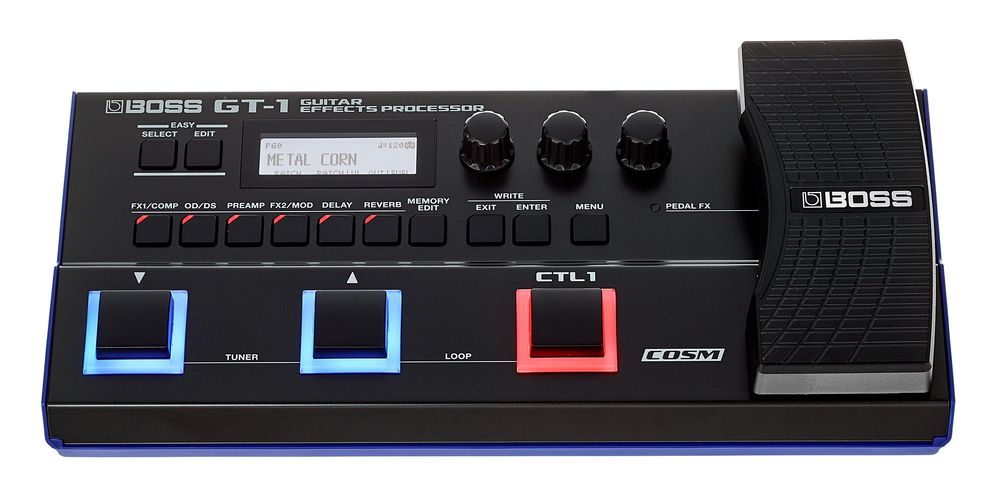12. Making the right choice: Connectivity
Besides how user-friendly it is, the connectivity options that come with a multi-effects unit are a big deal. It's not just about how many inputs and outputs it has or what kind they are; you also want to make sure the signal quality is up to par. Plus, you might want to check if it can be controlled remotely.
Number of Inputs/Outputs
Don't just think about what you need right now when it comes to inputs and outputs. Think ahead a bit. Planning for the future is smart. If a multi-effect unit has more inputs/outputs and various types of connections, you're less likely to need a new device soon. You won't have to relearn a new user interface, and your custom-made presets should work with the new gear.

A wide range of connections ensures that expensive multi-effect devices can be used in a variety of ways.
Input/Output Formats
The available connection options on a multi-effect device vary based on its intended use. For instance, in DJ setups and systems with hi-fi and consumer devices, you'll often find RCA connectors. However, in music production and live sound reinforcement, the standard connector is the trusty old quarter-inch (6.35mm) jack. When dealing with analogue signals, it's important to consider whether the jack is wired unbalanced or balanced. Two-pole TS connectors provide unbalanced audio signals, while three-pole TRS connectors deliver balanced signals, which are less susceptible to interference. For added reliability, XLR connectors with locking mechanisms are available. They ensure that connected plugs won't accidentally slip out, even when the cable is tugged.
Headphone Output
Here's something that's sometimes missed: check if the multi-effect device has a headphone output. It can be super handy in the middle of a gig. Especially when it allows for separate monitoring. But it's really important that the output has volume control and can deliver audio at a good, satisfying level.

Floorboards provide easy control during a performance.
Remote Control
For easy control of your multi-effect device, there are plenty of remote options. These go way beyond just a basic footswitch to turn things on or off. If you're into guitar multi-effects, floorboards are the golden standard. With these, you can stomp your way through presets and banks, all without bending over. And if you want to take things up a notch, you can even grab an all-in-one gadget that combines multi-effects and a floorboard for the ultimate convenience.
In some situations, using MIDI as an interface makes more sense. It allows you to connect many older controllers. Moreover, bands that trigger their click track and parts of their playback through a sequencer can control program changes and parameter adjustments on the multi-effect device directly from a sequencer via MIDI.
For those who prefer convenient remote control through a smartphone or tablet, devices with Bluetooth features, such as the Zoom G6 guitar multi-effect device in a floorboard style, is the way to go. With them, selections and adjustments using the "Handy Guitar Lab" app are just a tap away.



